If you teach in an inclusive classroom, you may already be familiar with the concept of presuming competence and why it’s the “least dangerous option” for students with disabilities. Assuming a student’s ability to learn the content their peers are learning can only benefit the student (and won’t harm them if it turns out the assumption was wrong). In today’s post, we’re sharing a book excerpt that illustrates the importance of presuming competence and the difference it can make in the lives of learners with disabilities.
In her inclusion guidebook It’s More Than “Just Being In,” Cheryl Jorgensen shares a story in response to this question:
“We have a student who is included in all general education classes in 10th grade. So far she has not shown that she understands anything we are teaching her. Would it be in her best interest to attend the life skills class instead?”
Read on for Cheryl’s thoughtful response to this commonly asked inclusion question, excerpted from her book:
I understand your concern. When students do not show progress, we wonder if we should make a big change in their educational program. I would like to offer my point of view, developed since I began my inclusive education work in the 1980s.
I think all teachers have had students who led them to that “ah-ha” experience that helped them realize why they got into teaching in the first place. The students were eager, curious, funny, stubborn, persistent, or just plain nice kids. It happened for me in 1992. I was doing some school reform and inclusive education work with a newly built high school in southern New Hampshire. I met two incoming ninth graders on my first day of school, both of whom had pretty significant disabilities. Let’s call them John and Rob.
John looked terrified as he made his way down the busy hallways. He did not use his voice to communicate, but he cobbled together some gestures and signs to try to make himself understood. He seemed unable to read, and his most recent 3-year reevaluation revealed an IQ of 42. He had some compulsive behaviors and was very anxious most of the time. He was shy, withdrawn, and clumsy.
The second student I met that day could not have been more different. Rob appeared to be thriving in ninth grade, giving high-fives to just about everyone he met as he walked through the busy hallways between classes. He was cooperative and was a real jokester. He had recently learned to use a communication board and was a whiz at spelling; although, he also did not use his voice to communicate. In fact, I heard a classmate tell him, “Hey, slow down, slow down, I cannot keep up with you!” I learned that he was an assistant manager of the football team, and he proudly wore his team jersey.
When I looked through John’s cumulative file, I saw a typical educational history for a student with his IDD profile. He had been in all self-contained classes through eighth grade, except for art and physical education. His IEP goals focused on preacademic skills (e.g., matching, one-to-one correspondence, letter identification) as well as self-care, vocational, and life skills. He spent most of every day with other students who had significant disabilities and participated in Special Olympics. Rob’s educational program was quite different. He was included in all general education classes. His IEP contained goals and objectives that reflected the essential elements of the general education curriculum, as well as objectives related to reading, managing his belongings, participating in extracurricular activities, and improving his communication skills.
I saw starkly different future expectations for these young men when I spoke with their parents. John’s parents thought he would live in a group home, work in a sheltered workshop, and spend most of his time with other people who had significant disabilities. Rob’s parents expected him to eventually live away from home, perhaps with roommates who might receive free rent to provide some support to him. They thought Rob might work in the family pizza business or in a fitness facility because he liked sports and was so gregarious. They hoped that the friendships he developed in school would continue into adult life and that those friends who stayed in the area would hang out together doing what other 20-somethings did in their spare time.
When I talk about these two students in workshops, I ask people to come up with a hypothesis about why their educational programs and futures look so different. Several people always say, “Well, it looks like John is a lot lower functioning than Rob.” And there it is. Only 16% of students who are diagnosed with intellectual disability are included in general education classes for most of their school day across the United States. More than 50% of students taking alternate assessments do not have the AT (including AAC) they need to demonstrate what they really know. Judgments about students’ intellectual capacity affect every decision made about their educational programs, communication systems and supports, social activities, and futures.
Okay, time to fess up. There actually were not two students at the high school. Just one, and his name was Amro. He had been in self-contained classes his whole life before moving into ninth grade. A key special education teacher who served as the inclusion facilitator at his new high school developed Amro’s educational program based on the idea of presuming his competence. He believed Amro could learn the essential elements of the general education curriculum, communicate effectively, have a full social life based on shared interests with his classmates, and graduate to an inclusive adult life in the community if he were given the right supports.
This notion of presuming competence tends to be a deeply held belief, and those who hold it do not need IQ or other test scores to back them up. For them, and for me, it is the least dangerous assumption I can make about any student or any person.
Convene your student’s team and look at what the data are telling you—the data on your student’s performance and the data about the fidelity with which you are providing the student with supports. Reflect on the following questions:
- Can she see and hear what is going on in the classroom?
- Is she learning right alongside her classmates rather than being taught in the back of the classroom by a paraprofessional?
- Does she need to have different adapted materials with additional visual supports or schema?
- Is there an underlying health issue that is getting in the way of learning?
- Is she generally happy throughout her school day, or are there emotional issues interfering with her learning?
- Does she have friends and a vibrant social life?
- Does she need supplemental instruction in reading or math that will help close the gap between her skills and those required of her general education classes?
- Are there assistive technologies that could enhance her reading comprehension and writing abilities?
- Does the team need additional professional development, planning time, or other resources for them to do their best work?
- Are school and home communicating regularly and working together on appropriate homework assignments?
When the problem-solving process is grounded in the question, “How can we make this work?” rather than, “Why should the student be in this class?” then new ideas and the team members’ creativity will flourish.
***
Do you have an inclusion a-ha moment of your own to share? An anecdote about why presuming competence is the best course of action in an inclusive classroom? Add it in the comments below, or send your story to the blog editor: jlillis at brookespublishing dot com. And for more guidance on creating authentically inclusive learning environments, be sure to add It’s More Than “Just Being In” to your professional library.
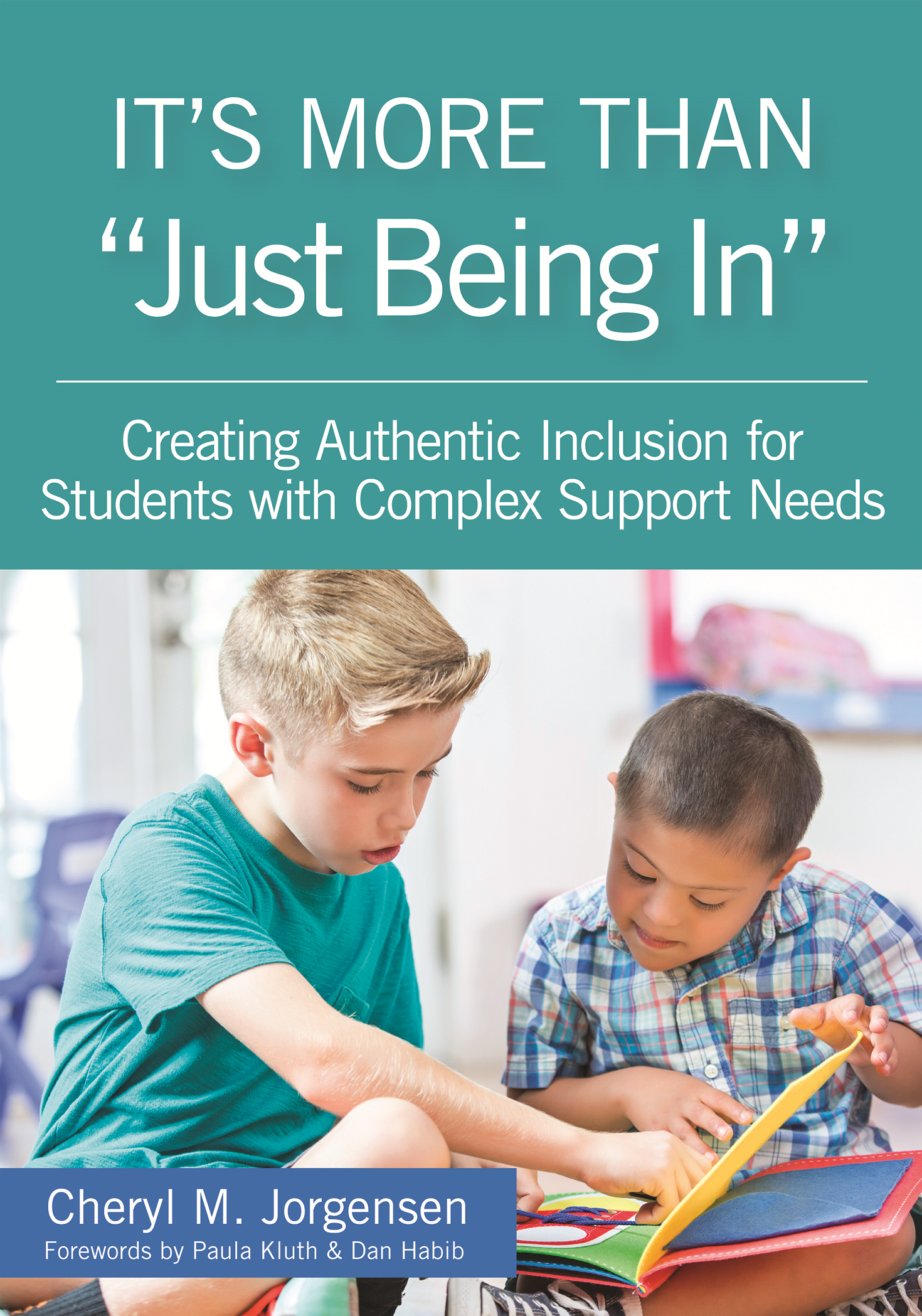
It’s More Than “Just Being In”
Creating Authentic Inclusion for Students with Complex Support Needs
By Cheryl M. Jorgensen, Ph.D.
Taking the stress and uncertainty out of inclusion, Cheryl Jorgensen guides you step by step through her accessible approach to creating inclusive learning environments for students with disabilities. You’ll get a clear rationale for meaningful inclusion and learn how to use strengths-based, person-centered planning to meet the needs of each individual student. Concrete, research-based examples show you what successful inclusion looks like, and ready-to-use strategies help you implement each stage of inclusion, from presuming competence to supporting the transition to adult life.
Stay up to date on the latest posts, news, strategies, and more!
Sign up for one of our FREE newslettersMore posts like this
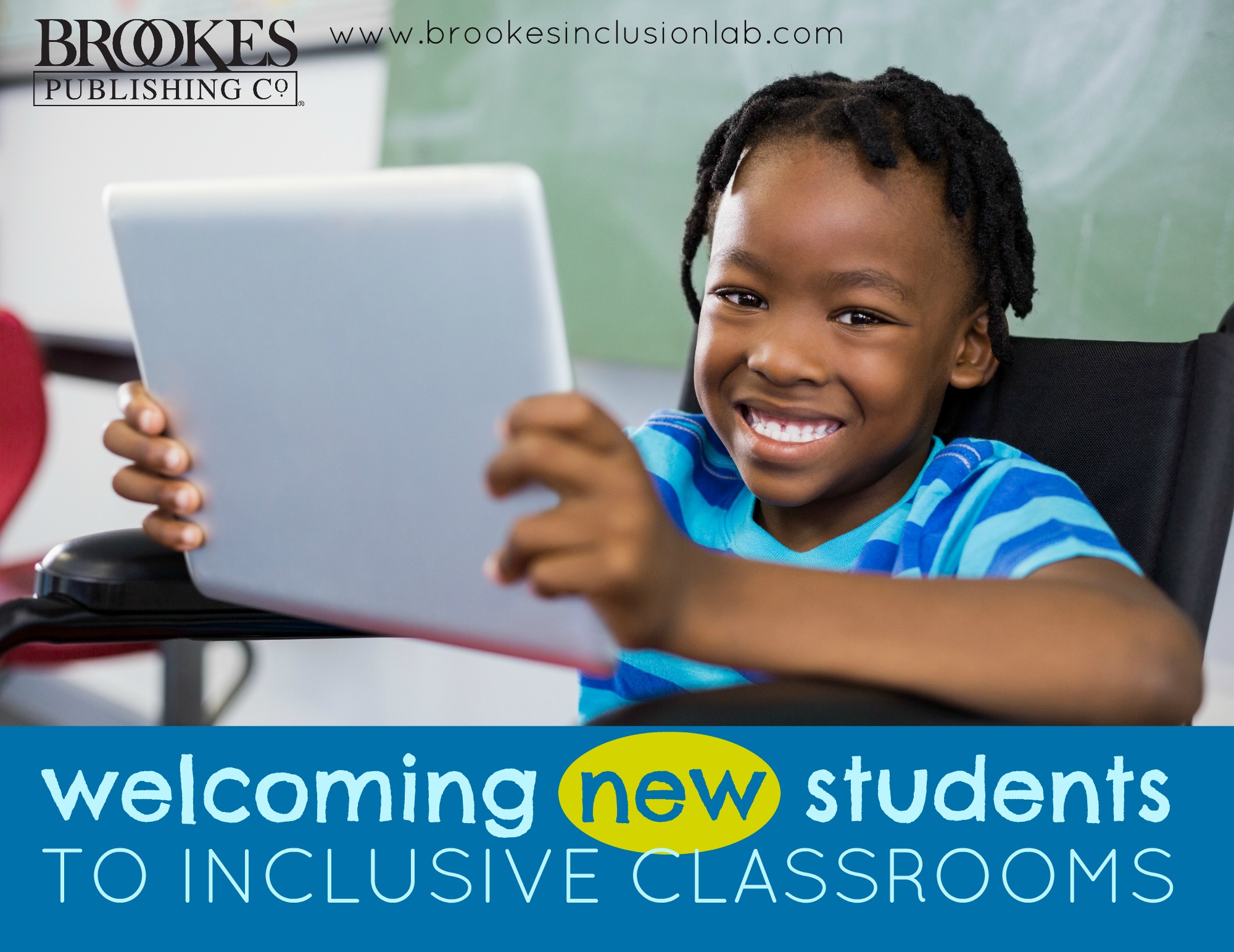
Your Inclusion Transition Checklist: How to Support Students New to Inclusive Classrooms
May 1, 2018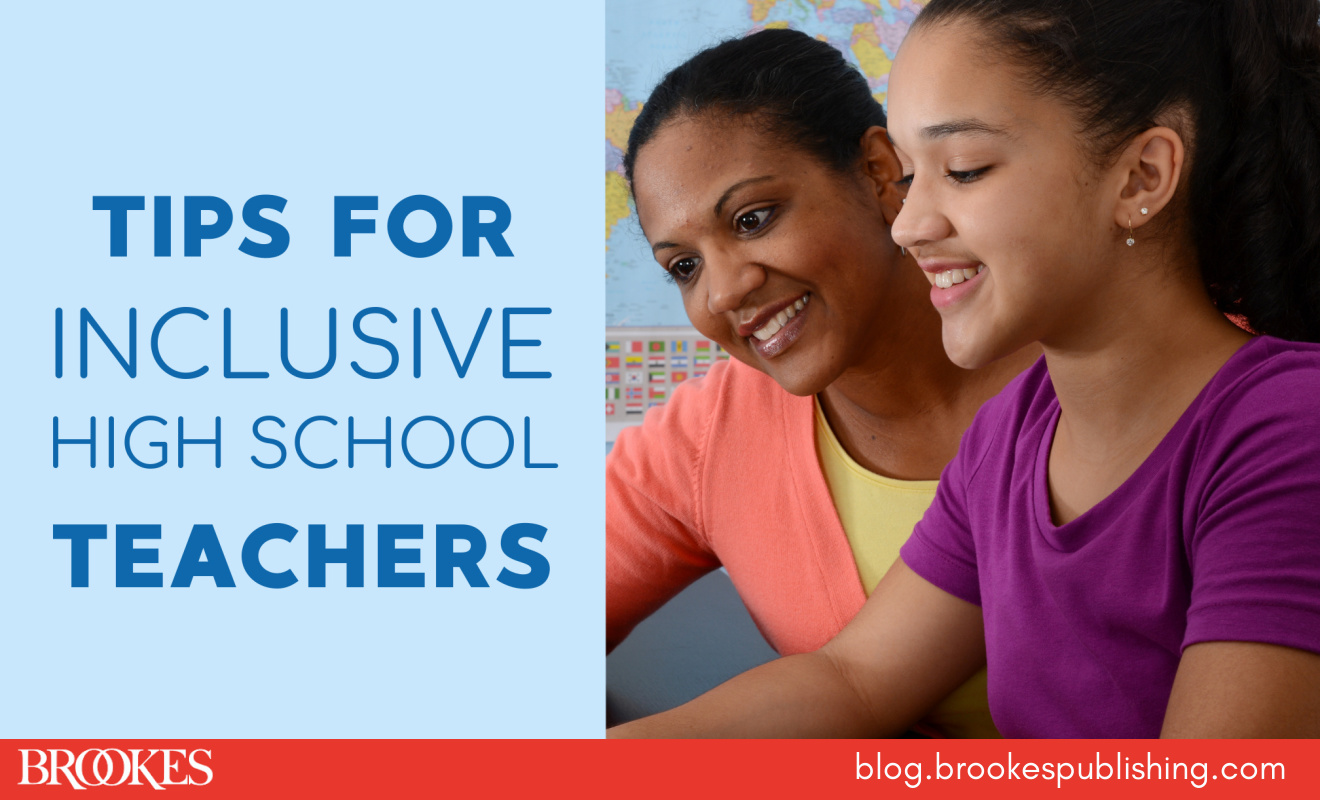
7 Things Inclusive High School Teachers Should Do
September 21, 2021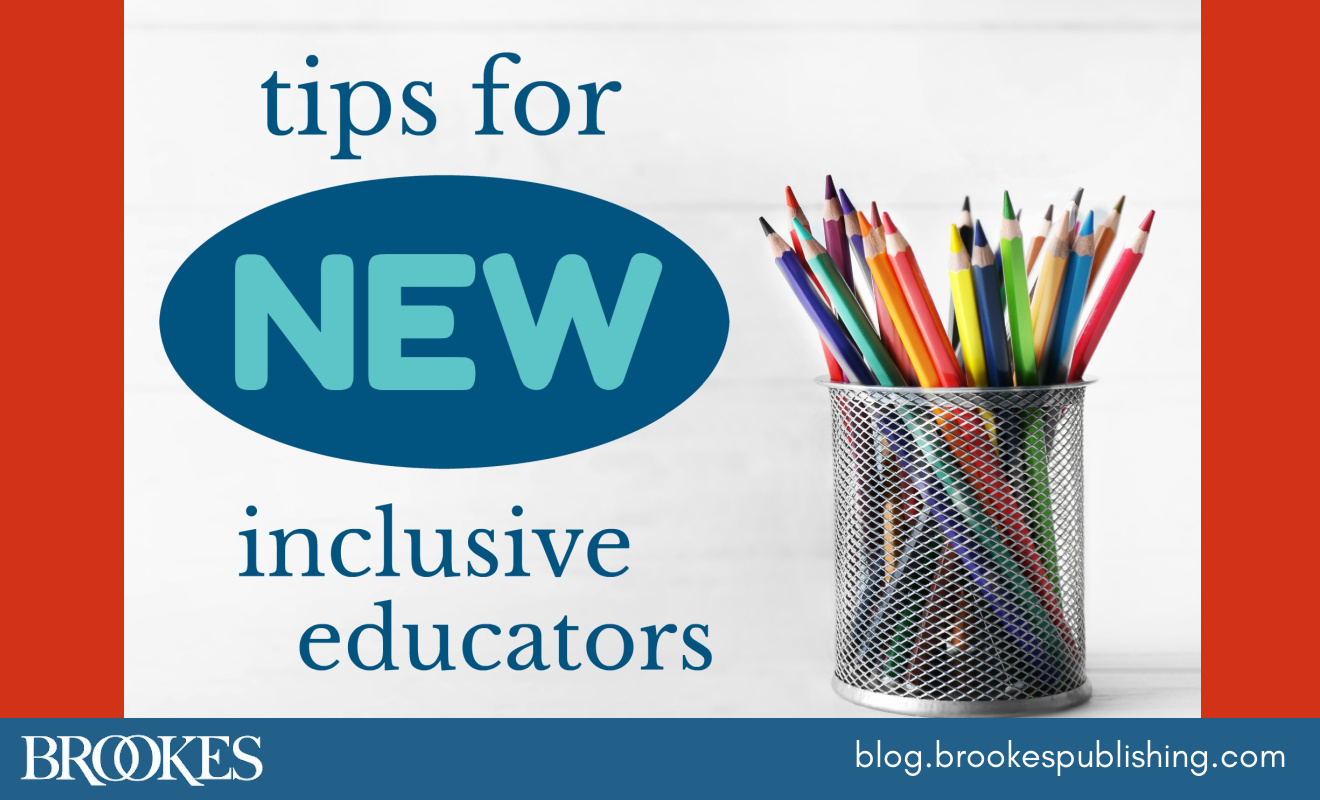

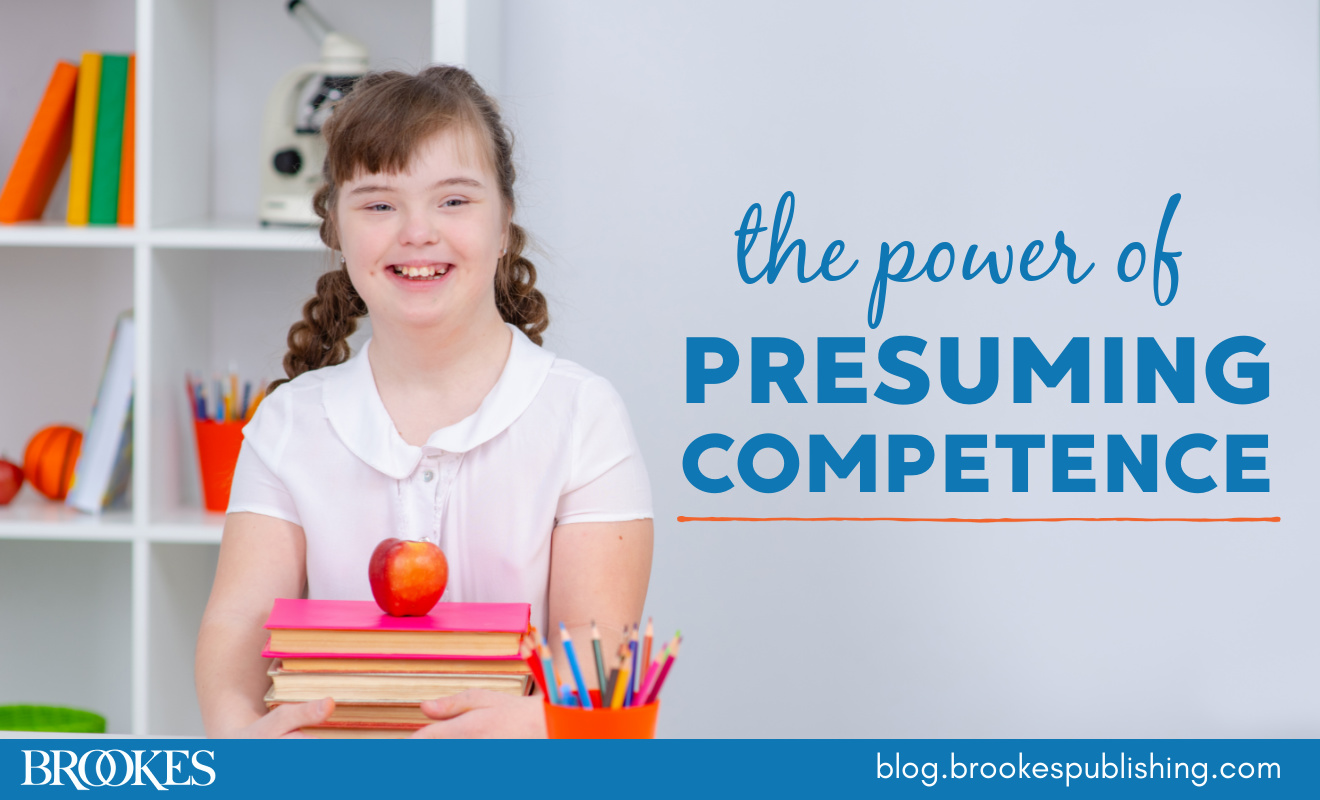
Write a Comment
Your email address will not be published. Required fields are marked *
Post a Comment